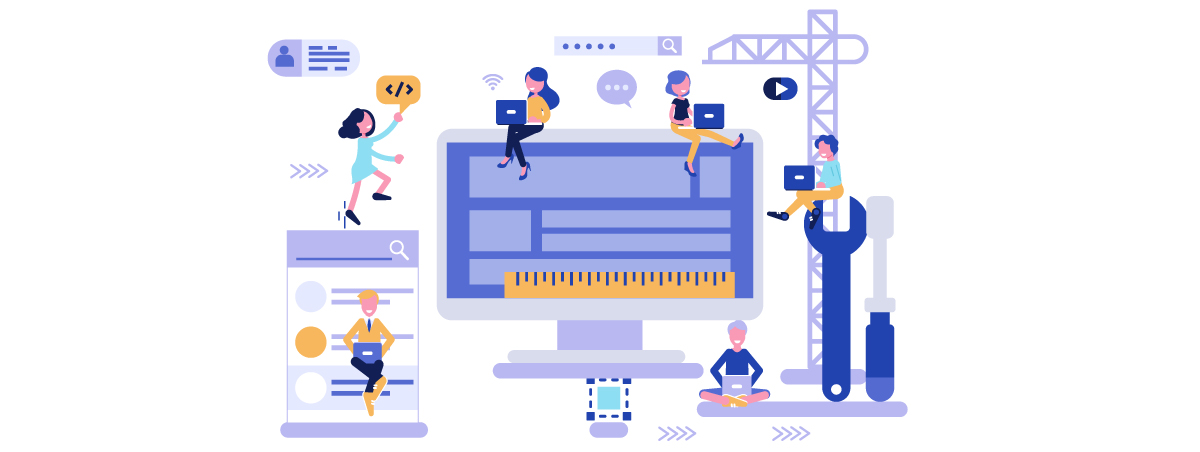
In the online world, web design is an element of great significance.
In an era, where business competition is continually intensifying, the smallest of business components can make the biggest of differences. And a good web design is one of them. It is not typically a small component but we are speaking in the grand scheme of a business industry. Our point is that its power is not negligible.
The Making of a Web Design
Websites are typically designed for the convenience of the target market. It is supposed to complement the message of the business, be responsive, interactive in some cases, and feature an easy navigation. These are just a few of the basics that we learn about when searching for what a good web design is. However, it is seldom that web design trends are associated with human psychology. Discussion of the latest trends subtly hint at how a website should attract the attention of the customers but no one really talks about the science of it.
Web Designs and Human Attention Span
Human attention span is one of the most common and debated about part of the human psychology. If the website is all about generating customer traffic, then you obviously need to grab their brain’s attention. For this reason, understanding how the human attention span works is necessary.
The brain’s ability to focus and retain information is a complicated process. In fact, the organ in itself is quite complicated. Not to mention that results can vary immensely from person to person. However, on average, a human brain can receive 11 million bits of data per second but only 50 bits per second is processed.
The brain’s ability to process and retain information is divided into three types of memories. Namely, the working, short-term, and long-term memory. The working memory is associated with the human attention span.
Improving Web Designs to Complement the Human Attention Span
Here is how web designers can make website more attention span-friendly:
Reducing Cognitive Overload
People can still see with focus despite having their hearing focused elsewhere. Because different sense modes have different attentional resources. But if a web design is saturated with visual content, the sense of human vision will go into overload, resulting in very less information retention.
Reduce Options
Excessive options in a website will overwhelm a person’s cognition. It will require them more time to make decisions. Meanwhile, the brain will already be losing recently received information through the interface.
Website Instructions
If a website requires a person to complete a certain task by using a set of instructions, they should be reviewable during execution. Otherwise, the user will not be able to process a larger set; forgetting the incremental steps.
Navigation Maps
Complex navigation may be unavoidable for some websites. An average human attention span can’t keep up; allowing the user to get lost on the interface. A navigation map conveying the website hierarchy will be convenient.
Similarly, plenty of other web design trends can be used and optimised to complement the average human attention span.
At Krome, we specialise in website design services. If you or your client are interested in creating a site, it’s time to tell us about your project or have a chat about what we can do. You can contact us here.